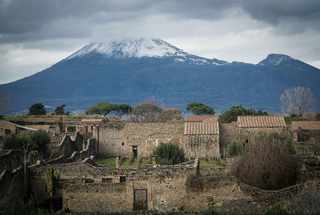On May 18, 1980, a magnitude 5.1 earthquake collapsed Mount St. Helens’ northern face, sending debris and volcanic ash into the atmosphere while creating a catastrophic landslide that reshaped more than the valley below—it also altered history.
The eruption measured at a Volcanic Explosivity Index of 5.
What’s that mean? The VEI scale measures the different variables of an eruption—from debris to the plume’s height—and rates the explosiveness on a 1-to-8 scale. Each number is 10-times more powerful than that of the previous, placing Mount St. Helens’ blast among the largest in history.
That alone is incredible, and even more so when considering the now four-decade-old event was part of modern culture—i.e. it was captured on film.





